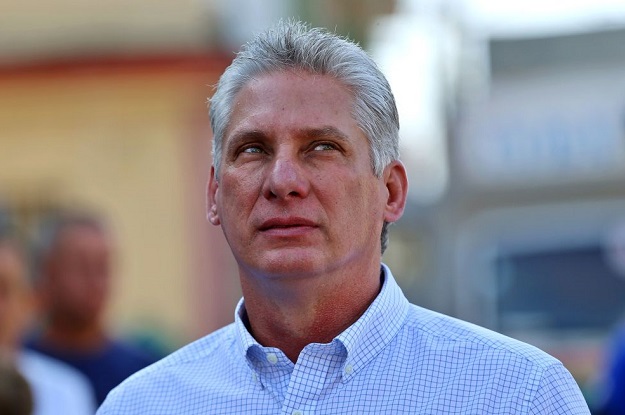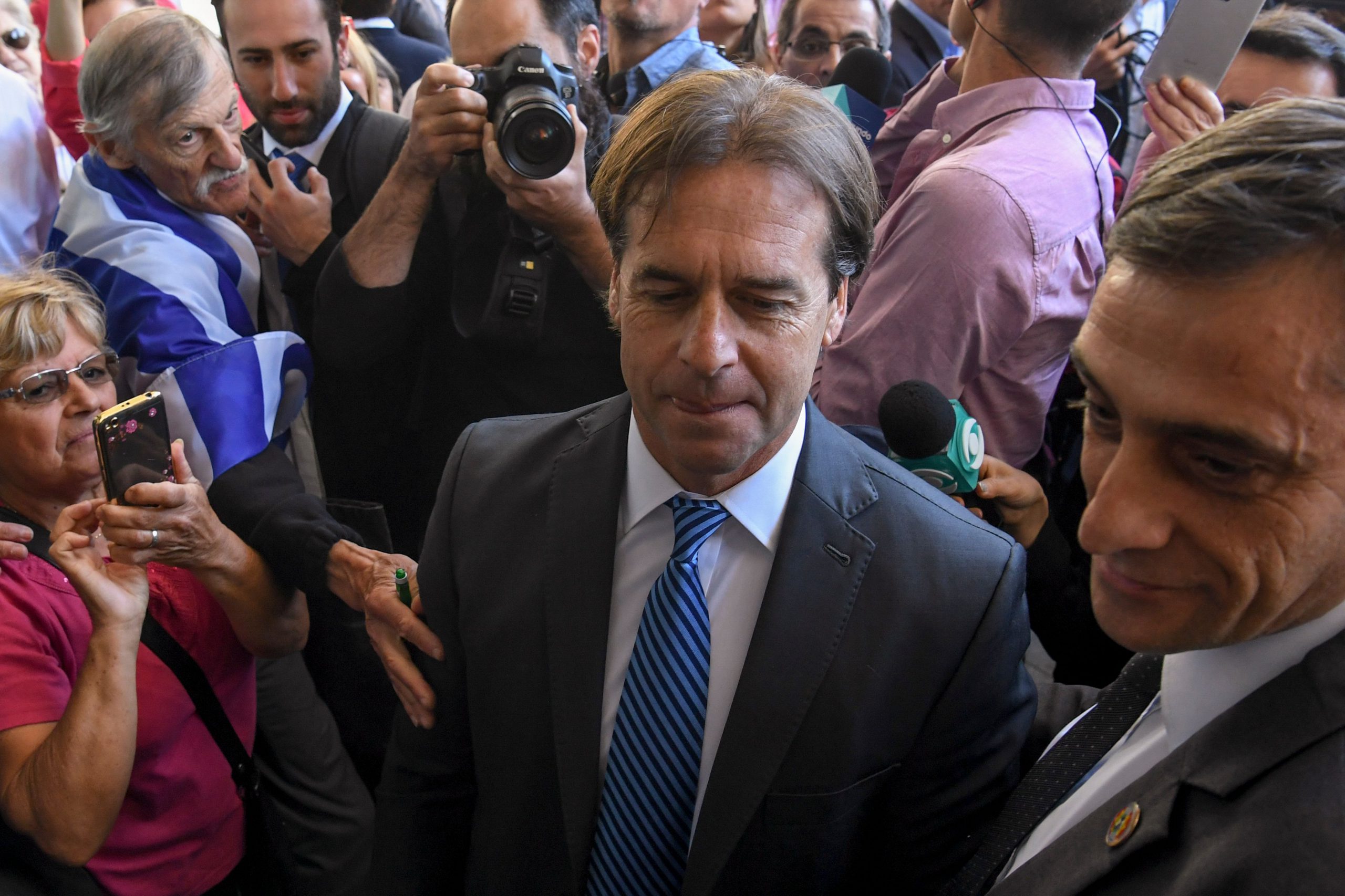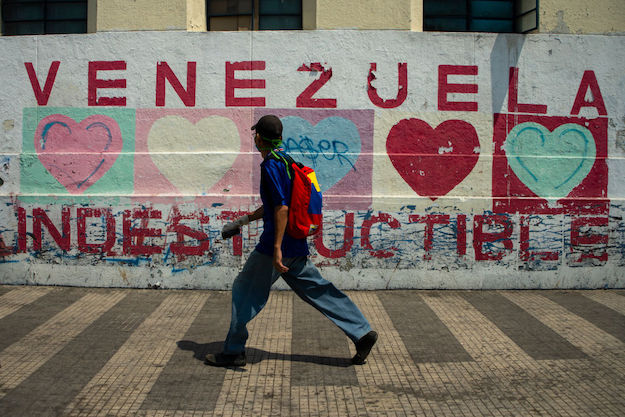By the end of the week, for the first time since its 1959 revolution, Cuba’s leader will not be a Castro.
Fidel Castro, then his brother Raúl, have had a firm grasp of the island’s political leadership for nearly 60 years. By April 19 Raúl Castro, 86, will have handed off power, likely to the man who has been his second-in-command, Miguel Díaz-Canel.
The hand-over will signal a generational shift – Díaz-Canel, 57, was not yet born when Fidel Castro toppled Fulgencio Batista and assumed power. But little can be said with absolute certainty about Díaz-Canel’s approach, leaving Cubans to wonder what his leadership will mean at a time when the economy is in turmoil and the country is in the midst of transcendental economic reforms. How much change will the younger man really be able to implement?
His public media persona has offered few clues. Díaz-Canel has not been a fervent speaker or a popular leader in the mold of the Castros – a trait observers point to as a likely reason for his survival and ascension through the ranks of the Communist Party. While many others were pushed aside in Cuban politics after being perceived as a challenge to the Castros, he very seldom made televised speeches.
Instead, Díaz- Canel, who is currently vice-president of Cuba’s Council of Ministers, spent the last 30 years making his way up the party ladder. He started from the base, as a leader of the Unión de Jóvenes Comunistas in the university in Villa Clara, the central province where he was born. He climbed up through the system, step by step, gaining trust and building strategic alliances along the way.
His perceived lack of charisma may be more a symptom of the Cuban political system than a natural attribute. The promotion of Díaz-Canel is part of Raúl Castro’s strategy to only allow the rise of those government officials who had been continuously tested by Communist Party officials, winning their approval before they rise to the level of party elite.
“Díaz-Canel is a survivor,” the Cuba political analyst Arturo López-Levy, from the University of Texas-Rio Grande Valley, told AQ.
He is decades younger than the historic generation that participated in the revolution, but he is more than just a fresh face. Close observers have found indications Díaz-Canel may bring a new way of doing politics to Cuba’s highest office – and this has won him a measure of understated popularity among a population with growing expectations of their leaders.
Instead of getting to know Díaz-Canel through passionate televised speeches, Cubans have paid attention to gestures that set him apart from other party officials. A recent instance was his public appearance during the second phase of the general elections in March 11, (where the 612 candidates for the national and provincial assemblies were elected) when he and his wife headed to the voting booth together.
This is extraordinarily rare in Cuba. Wives of officials have been largely kept out of the public eye – unless they earned the spotlight themselves. Raúl Castro’s wife Vilma Espín made appearances, but as a political figure, not his wife. Espín was a veteran from the guerrilla war in Sierra Maestra during the revolution and lead the Cuban Women Federation throughout her life. Fidel Castro’s wife, Dalia Soto del Valle, on the other hand, only received public attention in official Cuban media after Fidel retired from public life.
The fact that Díaz-Canel has travelled with his wife internationally – to North Korea, for example – and has been photographed holding hands with her, represents a new way of doing politics. He is opening up an unprecedented window to his private life in a country where what political leaders do outside of their public responsibilities is not considered a matter of general interest.
Nevertheless, as political analyst López-Levy insists, this is not new for Díaz-Canel. Throughout his career, he projected the image of a regular citizen, not a typical politician or member of the party elite.
While he was the first secretary of the Communist Party in Villa Clara province in the 1990s, he would regularly attend local cultural events with his wife and his children. He rode his bicycle to work every day, as most Cubans did during the economic crisis that marked the decade, and developed a reputation for being a good listener, even if he wasn’t seen as a great speaker.
He prized close connections with workers, showing up unexpectedly to inspect factories and work places in both provinces in which he worked – first Villa Clara, and later Holguín.
“He rescued some of the populist manners and direct exchange with people that were lost at some point by some government officials,” López-Levy said.
Díaz-Canel has also been noticed for embracing new technologies. Toward the end of 1990s, he became known as one of the few leaders who would use a laptop in party meetings, instead of the usual pen and paper sheet.
He also stays up-to-date with trends in the dynamic and critical Cuban blogosphere.
He is familiar with the names of Cuban bloggers, and the work they are doing. “Díaz-Canel is aware of the public debates within the country. He usually reads most of what is published in blogs and in digital independent outlets,” Harold Cárdenas Lema, who runs La Joven Cuba blog, told AQ.
Nevertheless, some analysts advise against interpreting his news consumption as leniency toward the press. Last year, a video of a private meeting of the Communist Party in which Díaz-Canel discussed the eminent closure of one independent media outlet was leaked to the internet, giving him a more ruthless image.
“We’re going to close the digital platform. They’ll call this censorship; let them say whatever they want. Everyone censors,” he said in the party meeting.
Months later, however, the closure hasn’t happened.
One thing seems clear: Cubans may expect Díaz-Canel to use a new approach to governance, but few expect to see radically new content in his policies.
During the last five years as the vice president, he has implemented most of Raul Castro’s politics. Whatever power he might have in his role as a president, he will most likely follow the Communist Party’s line, as he has so far. And even though Raúl Castro is stepping down from the presidency, he will continue as the leader of the party, which represents the real power.
In most photos, Díaz-Canel appears as a serious, graying politician evidencing a constrained, severe personality. Depending on the context and the place, though, he allows himself a Mona Lisa smile.
—
Hernández is an editor at AQ.








